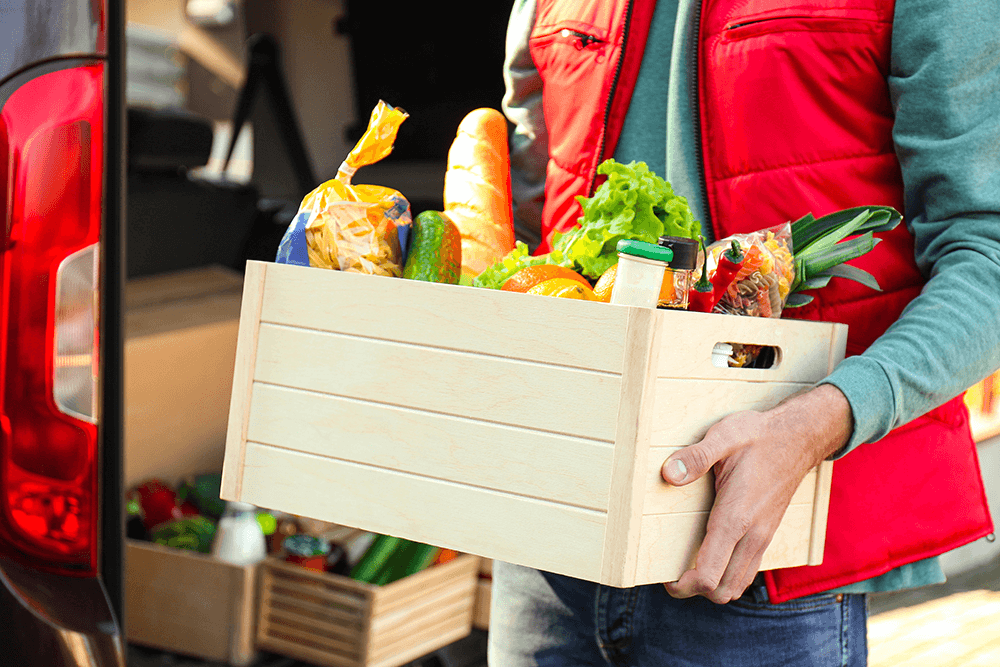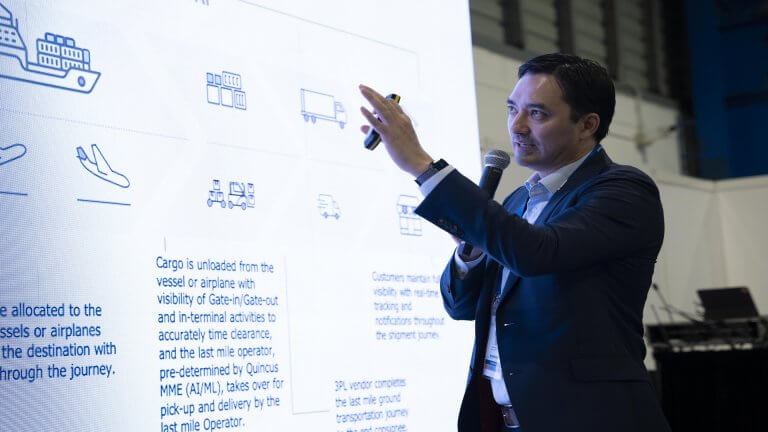
Online orders, grocery delivery, and other “new normals”
The future of grocery shopping
With the development of online platforms, online grocery shopping has increased by 150% during the pandemic. With in-person shopping restrictions in place, we’ve seen consumers panic-buy daily necessities and shift their buying habits to pinpoint the optimal delivery time.
Although shopping and day-to-day life have settled beyond uncertainty and panic, expectations for the convenience of having groceries delivered to doorsteps have not receded. Experts predict that 70% of shoppers in the US will buy groceries online by 2024. That’s a huge increase from the 37% who did in 2019. The comfort and convenience that consumers get from not having to walk or drive all the way to the supermarket have become normalized and integral. Now, there’s no going back.
Challenges of grocery delivery
Of course, with grocery and produce delivery comes the challenge of maintaining freshness along the way. Other than ensuring the product’s quality before packaging, storing, and shipping, planning the delivery process is an important factor to maintain the product’s condition.
To do this, optimizing the routes and timing of the delivery is essential. This involves determining the shortest route and ensuring accurate addresses. The longer produce waits in storage, the more urgent its delivery. Efficient means are needed to align fleets and ensure products are picked up in a timely manner.
Communicating time frames with customers is equally important to ensure that food is received and to avoid spoilage. When sensitive food items are left out for too long, your business is held accountable. That requires more time and money to resolve issues.
Quincus’ platform makes planning, tracking, routing, dispatching, and resolution handling simpler than ever. Dispatchers can communicate with fleets and plan routes efficiently with our route optimization engine, helping drivers sequence their daily deliveries. We minimize the time spent on manual routings by automating the best route within the time frame. Quincus also helps dispatchers and drivers prioritize deliveries, ensuring the freshness of produce and reducing risks of spoilage.
Start optimizing your food delivery service.
Learn more about our Delivery Solution
Subscribe to keep up with our latest news









